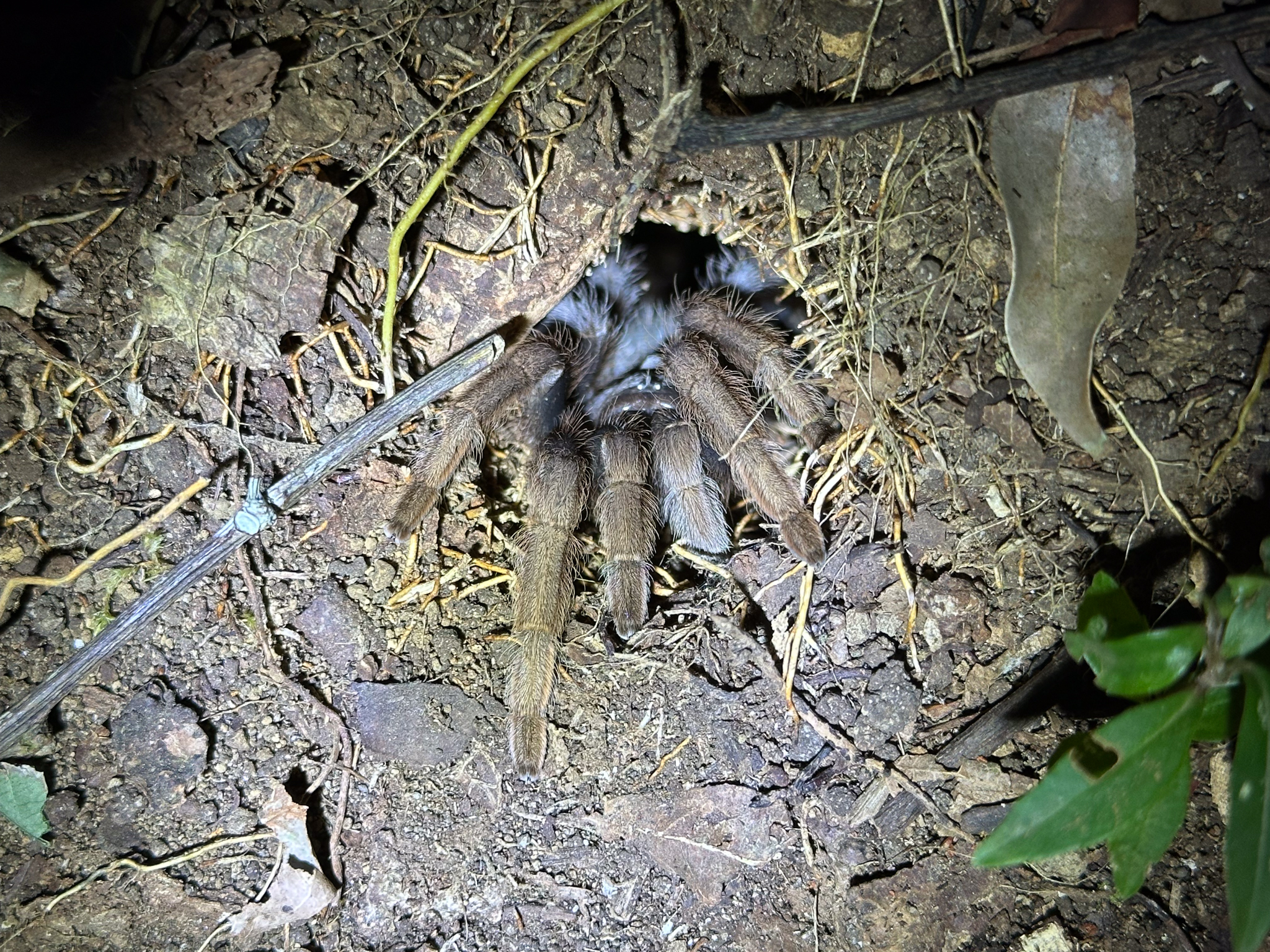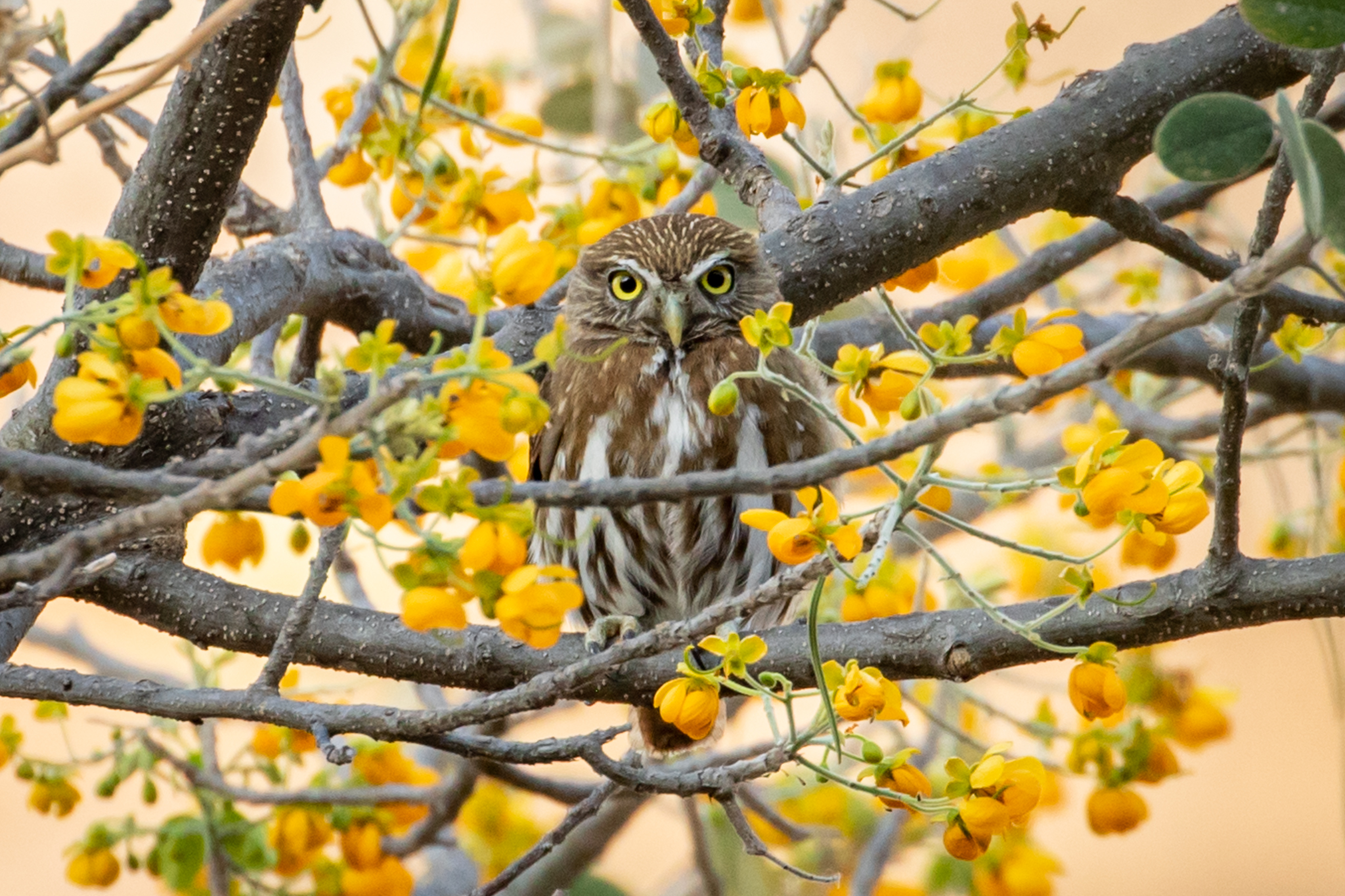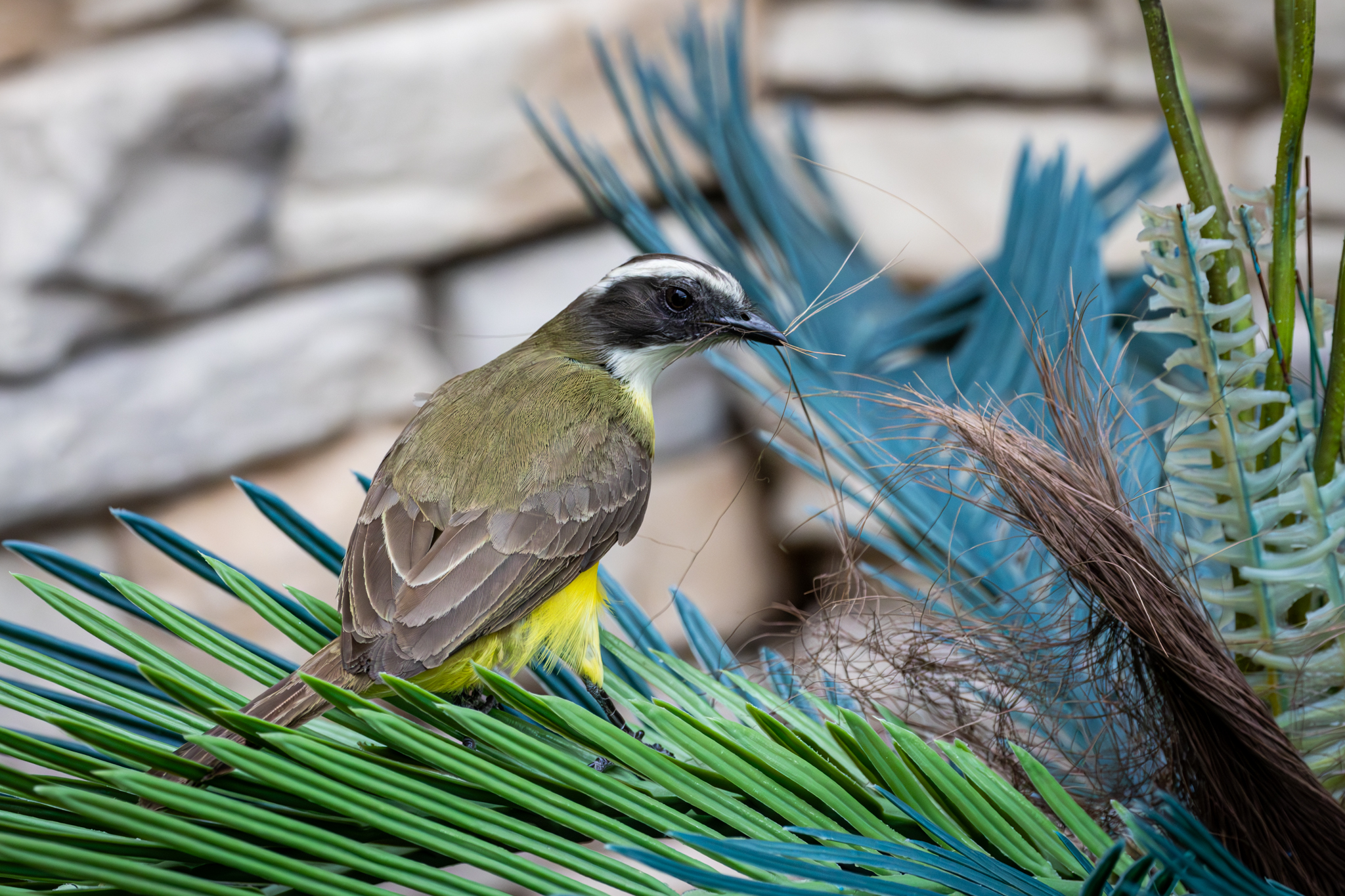Karen and I went on a private birding tour (arranged through Costa Rica Focus) for 10 days recently with birding buddies Mike, Emil, and Bonnie. Emil and Bonnie had never been out of the U.S. on a birding tour so they were enthralled with the experience. None of the others had been to Costa Rica before, and they all loved it. I’ll share more about the trip after I wrap up the Chile and Argentina Birds and Wine reports but I thought I would share a couple of thoughts about being a photographer on an extended birding trip. I’ve enumerated a number of pointers in a previous post but here are some more items to remember:
Bring a Water Bottle – Ask the guide to get a big jug of water to refill you water bottle. Otherwise the empty plastic bottles pile up (2 bottles/day X 10 days X 8 participants = 160 bottles).
Bring a stool – My wife Karen’s back will bother her if we stand too long in one place, waiting for that special bird to pop out. She brings along a tri-legged foldable stool she can sit and uses it as a walking stick.
Should You Bring a Tripod or Monopod? – I personally find that bringing a tripod or monopod out on the trail is cumbersome, but Emil always has his tripod and Bonnie and Mike usually have their Monopods. Tripods help keep the camera steady, which results in sharper pics (particularly in the tropics when the canopy blocks the sun and slower shutter speeds are needed). The monopod supports the camera’s weight when taking multiple shots of birds (I can hold up my camera up for a couple of minutes at best before my arms get fatigued). The downside of using a tripod or monopod is that you may miss shots. The tripod or monopod may limit you from shooting birds that are high or low. On extended walks the camera is often detached from the support to make it easier to walk down the trail, but when a bird appears it takes a few seconds to attach the camera to the head and the bird could be gone by the time the camera is set up. I also feel that tripods and monopods work better in areas with fewer obstructions, where there’s room to setup and the subject is out in the open. In the tropics, like Costa Rica, there may not be room on the trail for the supports and the birds are often obscured by branches and leaves so you have to move your camera around quickly to find a window through the foliage to the bird. In some respects the answer comes down to quality or quantity. I want pics of as many birds as possible so I don’t us a support. Emil wants quality shots so he uses his tripod most of the time.
Lifers or GreatBirdPics – As a corollary to the above point about tripods and monopods, you have to decide before you go if you are more interested in seeing as many Lifers as possible or taking GreatBirdPics. The two are often incompatible. If you are into Lifers when you are on the trail you spot a bird, take a couple of pics, and then move on. If you are into getting GreatBirdPics you wait for that bird to pop out in the sun at eye-level – it could take a couple of minutes (if ever). In the mean time the rest of the group has probably moved on and seen more Lifers while you were focused on that one bird. As we started our Costa Rica trip we actually had a conversation between the five of us about which was more important; we decided we would try to get some GreatBirdPics but then move on in a reasonable amount of time to find more birds. Lifers = more shots of birds, some with lesser quality – taking GreatBirdPics means seeing fewer birds.
Have your camera ready. Always. – One time we were getting out of the van at our lunch stop and Emil asked me why I was bringing my camera to lunch? I replied that I always have my camera because you never know what’s going to show up. I got this shot in Thailand behind a gas station.
I took my camera into the souvenir shop we stopped at on the way to the airport in Costa Rica. While standing outside the restrooms a Costa Rican gentleman tapped me on the arm and pointed toward the corner, where this Social Flycatcher was collecting nesting materials. I was the only person in the group that had a camera.
Have Extras With You – I can’t emphasize this enough because I’ve seen it happen too many times. A battery runs out and the spare is a mile back in the van. A SIM card fails or fills up and the backup is in the hotel. Always carry spare batteries and SIM cards along with your water bottle. I also bring along a granola bar because I’m diabetic; once in a while there’s along time between meals.
Don’t Just Take Pictures of Birds
My non-birding friends appreciate pictures of the people, landscapes, meals, and mammals I saw along the way. I use my phone to snap shots to share with them, like this tarantula we saw during a night tour of the forest.

Any more tips I can add to the list? I’d love to hear them.
If you enjoy seeing beautiful pictures of birds from around the world and reading about them Click Here to sign up for our mailing list. Members can post their own GreatBirdPics and learn more about bird photography techniques.


Nothing like a tarantula picture thrown in!
Great message Mike. I absolutely encourage carrying extras on you rather than back at the van. Have lost too many opportunities because a battery ran out. One of my birding goals is to get pictures of as many species as I can and keep lists of species photographed for every country/state/county etc. On two occasions, my camera “died” and cost me many photos. Now I try to bring a smaller bridge type camera as a back-up “just in case”. Last comment adds to your differentiating between birding for . and birding for photographs. On a trip last year with Greg… Read more »